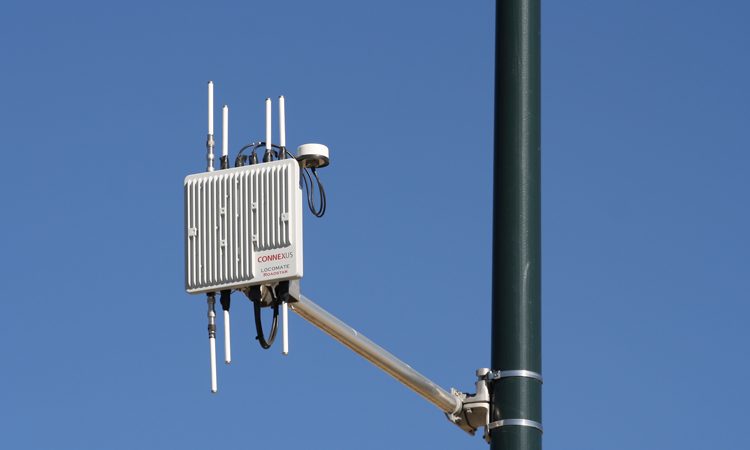Improving mobility and safety with V2X technology
- Like
- Digg
- Del
- Tumblr
- VKontakte
- Buffer
- Love This
- Odnoklassniki
- Meneame
- Blogger
- Amazon
- Yahoo Mail
- Gmail
- AOL
- Newsvine
- HackerNews
- Evernote
- MySpace
- Mail.ru
- Viadeo
- Line
- Comments
- Yummly
- SMS
- Viber
- Telegram
- Subscribe
- Skype
- Facebook Messenger
- Kakao
- LiveJournal
- Yammer
- Edgar
- Fintel
- Mix
- Instapaper
- Copy Link
Posted: 10 September 2018 | Michael Lewis - CDOT | No comments yet
In the Rocky Mountains, where the Transcontinental Railroad once transformed travel, the Colorado Department of Transportation (CDOT) has a formula to again revolutionise the way we get from one place to another, and as Michael Lewis, Executive Director at CDOT, explains, it starts with the equation V2V + V2I + I2V = V2X.


Colorado is one of the fastest growing states in the U.S. and is on track to add another 3 million residents by 2050. With this growth comes strains on the state’s highway system, where CDOT already struggles to maintain 23,000 highway lane miles and more than 3,400 bridges with the money it has. Anticipated revenues cover only about 46 per cent of Colorado’s transportation needs and CDOT faces a $1 billion annual deficit in a time where vehicle miles travelled have increased 23 per cent since 2000 and traffic fatalities are up 45 per cent since 2011.
With public safety and the economic impacts of increasing congestion hanging in the balance, CDOT is turning to technology to make Colorado’s roads safer and more efficient.
A solution
Through public-private partnerships and proven, deployable V2X (vehicle-to-everything) technology, CDOT leads the U.S. when it comes to putting infrastructure in place for the first commercial-scale connected vehicle environment that will improve drivers’ situational awareness and remove human guesswork from the equation of driving.
The connected vehicle environment uses on-board units that receive information from other on-board or roadside units (RSUs) operating on the same spectrum from a distance of about 300m (1,000 feet). These systems, capable of communicating with each other 10 times per second without any action from the driver, transmit basic safety messages that can be used to avoid crashes or improve travel. Providing upstream drivers with information on, for example, slowing speeds ahead, changing pavement conditions or impending road construction activities allows them to proactively prepare and take preventative measures if necessary.
The rest of this article is restricted - login or subscribe for free to access
Thank you for visiting our website. To access this content in full, you'll need to login or subscribe.
It's completely free to subscribe, and in less than a minute you can continue reading. If you've already subscribed, just login.
Why subscribe? Join our growing community of thousands of industry professionals and gain access to:
- Quarterly issues in print and/or digital format
- Case studies, whitepapers, webinars and industry-leading content
- Breaking news and features
- Our extensive online archive of thousands of articles and years of past issues
All for free!
Click here to Subscribe today Login here
Related topics
Fleet Management & Maintenance, Infrastructure & Urban Planning, Vehicle & Passenger Safety
Issue
Issue 3 2018
Related cities
Colorado, United States of America
Related organisations
Colorado Department of Transportation (CDOT)
Related people
Michael Lewis








